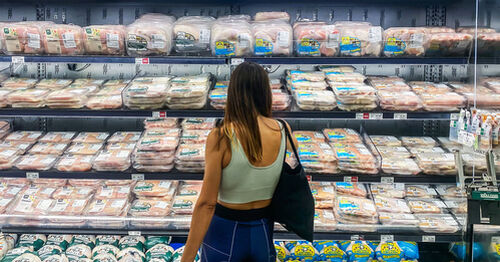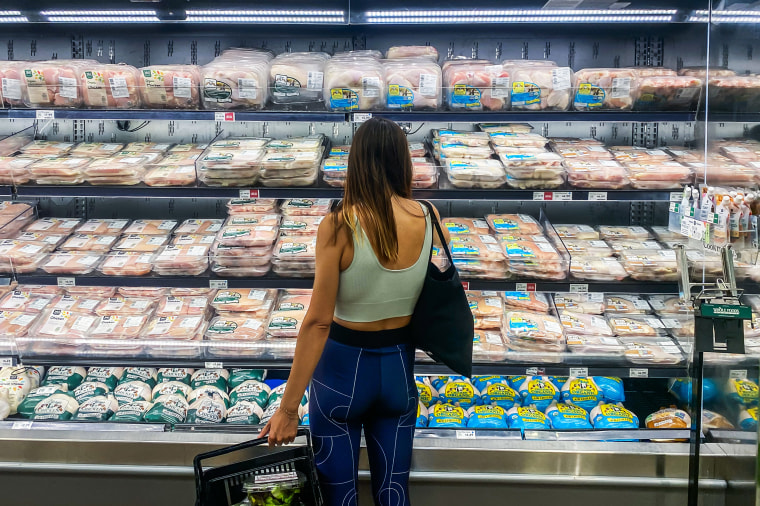
Inflation rate for September 2022: 8.2%. CPI up by 0.4%
The annual U.S. inflation rate was little changed in September, hitting 8.2% year over year compared with August's 8.3% reading as the pace of price increases remains at multidecade highs, causing pain for many households.
High prices for food, shelter and medical care sent the consumer price index for September up by 0.4% compared to August's 0.1%, according to data from the Bureau of Labor Statistics released Thursday morning.
Inflation remains at the top of Americans' minds going into the last quarter of a year that has seen across-the-board volatility in food, gasoline and energy prices.
While the Biden administration has sought to address the issue through measures like the Inflation Reduction Act, the provisions contained in that law are set to take effect over a period of 10 years, and at least two separate models predict its actual impact on inflation would be statistically insignificant.
So the burden of bridling a stubborn inflation rate sits at the doorstep of the Federal Reserve. The central bank has already increased its benchmark rate five times this year — which included three consecutive 0.75% hikes — in order to make borrowing and spending money more expensive in order to cool off consumer demand.

At its most recent Federal Open Markets Committee meeting, Fed officials largely agreed that it was better to aggressively raise interest rates now in order to avoid economic pain down the road.
The housing market has seen the most immediate impact of the Fed's rate-raising scheme. At nearly 7%, mortgage rates are now at their highest levels in close to two decades, which has slowed home price growth in its tracks, and in some cities caused prices to fall.
Comerica Bank chief economist Bill Adams told NBC News that house prices and rents are likely to decline throughout the United States in the coming months.
What remains to be seen, he said, is whether other key costs, especially food, will also come down. Bringing those expenses lower may be out of the federal government's hands, he said.
"There's definitely still a Russia-Ukraine effect keeping food prices elevated," he said. "Commodities futures prices for grain have been high since the start of the Russian invasion."
Food costs also reflect higher energy costs, he said, and while gas price declines in September likely affected the headline inflation reading, Adams notes pump prices have already begun to climb back up amid higher demand. Additionally, OPEC+ announced last week it would cut oil production by 2 million barrels per day, which sent crude oil prices to nearly $98 Friday.
Finally, an apparent shortage of workers has continued to put upward pressure on wages, Adams noted. Last month, the unemployment rate hit 3.5%, tying the pre-pandemic low and suggesting most people who want to find work are able to do so while also commanding higher wages.






